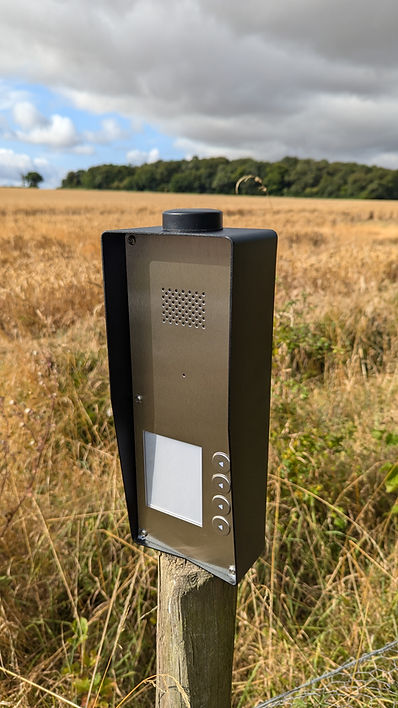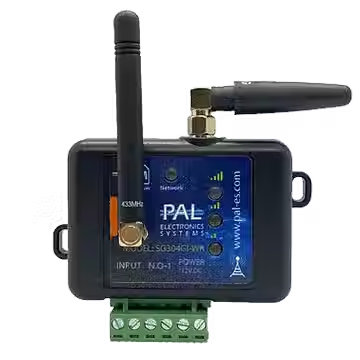
Effective Access Control
Getting the access control right for your property requires careful analysis and discussion to get the right balance between convenience and security.
25 years experience enables us to guide you through the evaluation process to reach a solution which works for all users of the entrance. and keeps administration to a
Reach out today to explore your options.









Tailored Access Control Solutions For Every Need
Securing your property isn't a one-size-fits-all solution. That's why we offer a variety of access control options tailored to the specific needs of farms, industrial sites, and rural properties. Whether you want precise step-by-step control or automatic closing, our systems deliver flexibility, reliability, and peace of mind. With over 25 years of experience, we know how important strong security and smooth operation are. From advanced radio fobs with rolling codes to GSM intercoms for remote management, our solutions are both innovative and easy to use. Trust EstateGuard Gates for access control that's dependable and smart.
How Our Access Control Systems Work
Our access control systems and temporary gates are built to offer both security and ease of use. With radio fobs, you can open gates from up to 50 metres away, protected by advanced rolling code technology to keep your system safe. Keypads are hardwired to the control panel and placed conveniently for easy access from your vehicle, with options to set multiple user codes. GSM intercoms let you manage gate access remotely, so you can welcome visitors or control entry from your phone. For added convenience, road sensors can automatically open gates as vehicles approach, and timers ensure they only operate during set hours. Each system is customised to your needs, providing reliable security and smooth performance.

Innovative Features For Enhanced Security
Our control systems are designed to simplify your life while keeping your property safe. Our GSM intercoms can be set to call multiple numbers, so you never miss a visitor. For properties with several users, we offer intercoms that support up to 100 different destinations, perfect for industrial sites or shared entrances. Road sensors, available as probes or inductive loops, automate gate opening and can be finely tuned for sensitivity. Timers let you set custom access schedules, controlling when devices like sensors are active. With EstateGuard Gates, you're choosing more than just equipment; you're investing in a tailored, all-in-one security solution built around your needs.
Secure Your Property With Reliable Gate Access Control
Take Control Of Your Property's Security Today With Advanced Gate Access Control Systems. Call Us Now To Find The Perfect Solution Tailored To Your Needs

